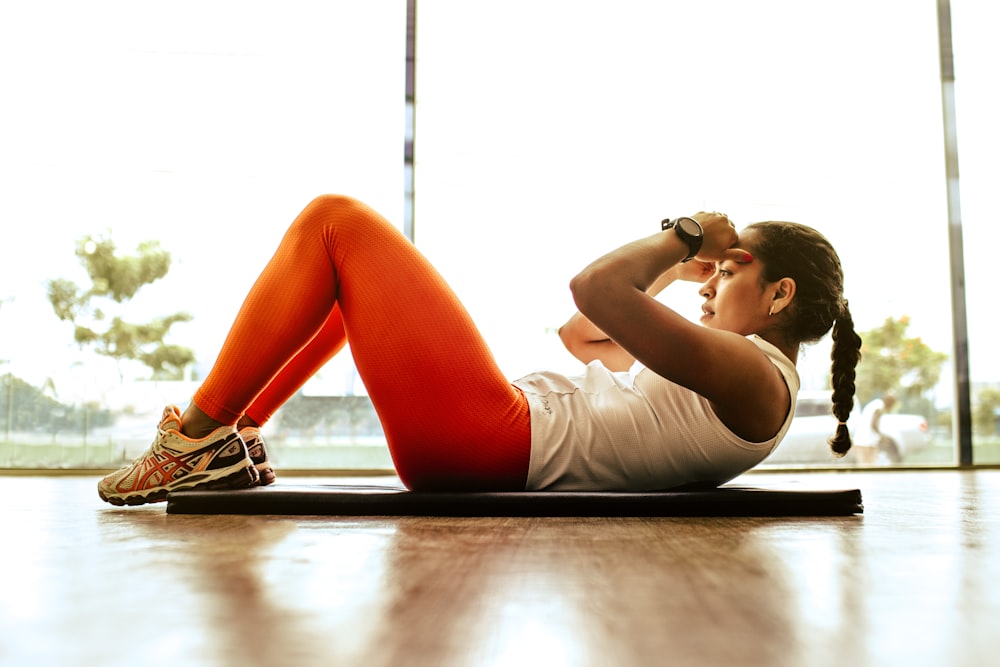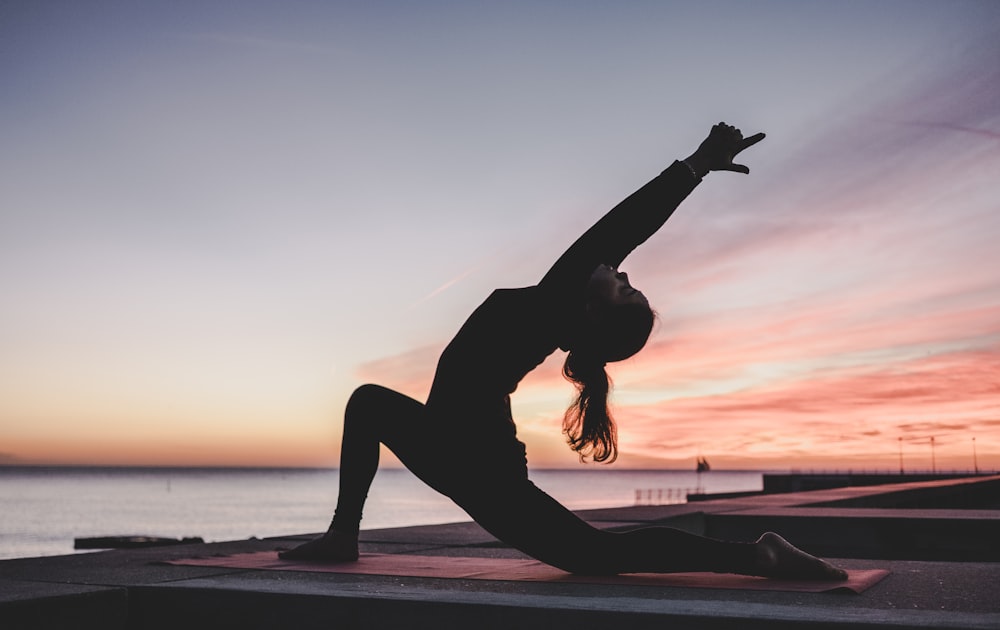

Your brain and body are deeply connected through a complex network of neural pathways. When you challenge your balance, you're not just strengthening your muscles and coordination—you're actively building new neural connections that help resist cognitive decline.

Research has shown that activities requiring complex motor skills and balance create new synaptic connections in the brain, particularly in areas associated with memory and spatial awareness. This process, called neuroplasticity, is your brain's remarkable ability to reorganize itself by forming new neural connections throughout life.




You'll know you're improving when:
For optimal cognitive benefits, incorporate this exercise into your routine:
Active Children (ages 7-12): Introducing the balance ball at a young age improves proprioception, enhances attention span, and gives energetic kids a safe outlet to channel restless energy into focused coordination challenges.
Busy Adults (ages 25-55): Office workers and parents appreciate how a five-minute balance break loosens tight hips, fires up core muscles, and provides a mindful reset that boosts productivity and mood.
Vibrant Older Adults (ages 60+): Seniors gain ankle strength, hip stability, and confidence in daily mobility, which translates to fewer falls, better reaction time, and more independence in everyday life.
Consult a healthcare provider before beginning if you have uncontrolled hypertension, recent joint replacement, vertigo disorders, or unhealed lower-limb injuries. A physician's clearance ensures the playful balance practice supports your health goals.
Always practice on a non-slip surface with a sturdy support—like a countertop or chair—within reach. Wear snug, non-restrictive clothing and remove tripping hazards from the area. If you experience dizziness, acute pain, or numbness, stop immediately and reassess with a professional.
Pregnant participants or those with osteoporosis should begin with reduced range of motion and avoid eyes-closed variations until fully confident. Customized progressions keep the nervous system challenged without compromising safety.
Maria, 43: A marketing director battling mid-day fatigue uses the balance ball between meetings. She reports sharper brainstorming sessions, steadier posture during presentations, and fewer stress headaches.
Harold, 71: After a minor fall, Harold adopted the Never Leave The Playground routine. Within three months he regained confidence climbing stairs, returned to gardening without knee pain, and feels mentally sharper when solving his daily crossword.
Jess, 29: This recreational runner integrates balance ball drills into cooldowns. Her improved foot awareness reduced ankle sprains, and she now runs trail races with greater agility and reaction time.
How often should I rotate levels? Move to the next difficulty when you can complete the current level with steady breathing, minimal wobble, and consistent focus for the recommended duration.
Can I use a different type of ball? Yes—start with a slightly deflated playground ball if extra stability helps, then progress to a tennis ball to increase proprioceptive feedback.
What if I only have five minutes? Even a brief session stimulates the vestibular system and sharpens coordination. Pair two rounds per foot with mindful breathing to keep your brain-body connection tuned throughout the day.
Share your progress and connect with others on their brain health journey:
Website: neverleavetheplavground.com
Follow Stephen's demonstrations on our YouTube channel
Join our monthly virtual play sessions via Zoom
Remember, consistency matters more than perfection. Even a few minutes of balance play each day contributes to building cognitive reserve and resistance against age-related decline.
Stephen Jepson's Never Leave The Playground program is based on decades of research into the connection between physical movement and cognitive health. While these exercises support brain health, please consult healthcare professionals regarding specific medical conditions.